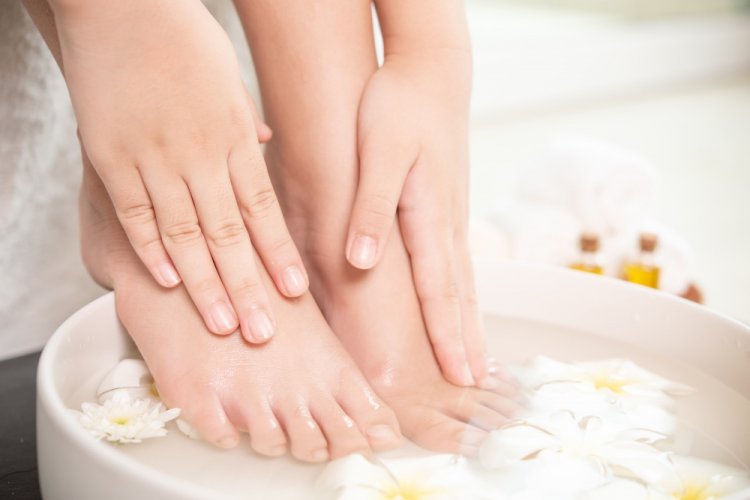Ingrown Toenails: Causes, Prevention, and Treatment
Ingrown toenails, medically known as onychocryptosis, occur when the edge of a toenail grows into the surrounding skin, leading to pain, inflammation, and potential infection. This condition is common and can affect people of all ages. Understanding the causes, prevention strategies, and treatment options for ingrown toenails is essential for maintaining foot health and preventing complications.

Causes:
Several factors contribute to the development of ingrown toenails:
- Improper Nail Trimming: Cutting nails too short or rounding them instead of cutting straight across can encourage ingrown toenails.
- Genetics: Some people inherit a tendency to develop ingrown toenails, particularly if they have unusually curved nails or thickened nails.
- Footwear: Tight shoes or socks that exert pressure on the toes can force the nails to grow into the skin.
- Injury: Stubbing the toe or experiencing repeated trauma to the nail can cause it to grow improperly.
- Poor Foot Hygiene: Failing to keep the feet clean and dry increases the risk of developing ingrown toenails.
Prevention:
Several measures can help prevent ingrown toenails:
- Proper Nail Trimming: Cut nails straight across and avoid rounding the edges. Keep them at a moderate length, neither too short nor too long.
- Choose Proper Footwear: Opt for shoes with adequate toe room to prevent crowding of the toes. Avoid narrow or ill-fitting shoes.
- Maintain Good Foot Hygiene: Wash the feet regularly with soap and water, and ensure they are thoroughly dried, especially between the toes.
- Protect the Feet: Wear protective footwear in situations where injury to the toes is likely, such as during sports or heavy physical work.
- Avoid Trauma: Take care to avoid stubbing or injuring the toes, and be cautious when trimming nails to prevent accidental cuts.
Treatment:
Treatment options for ingrown toenails vary depending on the severity of the condition:
- Home Remedies: Soaking the affected foot in warm, soapy water several times a day can help reduce pain and swelling. Gently massaging the area and applying antibiotic ointment may also provide relief.
- Professional Care: In cases where home remedies are ineffective or if the ingrown toenail is causing severe pain or infection, seeking professional care from a podiatrist or healthcare provider is recommended.
- Partial Nail Removal: In some instances, the edge of the ingrown toenail may need to be partially removed to allow the nail to grow properly. This procedure, known as a partial nail avulsion, is typically performed under local anesthesia.
- Nail Bracing: For recurrent ingrown toenails or cases where surgery is not feasible, nail bracing techniques may be employed to gradually correct the nail's growth pattern.
- Antibiotics: If an ingrown toenail becomes infected, oral or topical antibiotics may be prescribed to treat the infection and prevent it from spreading.
In conclusion, ingrown toenails can cause discomfort and complications if left untreated. By understanding the causes, implementing preventive measures, and seeking appropriate treatment when necessary, individuals can effectively manage ingrown toenails and maintain optimal foot health. It is essential to consult a healthcare professional for proper diagnosis and treatment recommendations tailored to individual needs.
#IngrownToenails #FootHealth #NailCare #Podiatry #FootHygiene #HealthyFeet #ToePain #NailTrimming #PreventIngrownNails #FootwearTips #NailHealth #HomeRemediesForFeet #PodiatristCare #HealthyLiving
Disclaimer:
The information provided in this article is for educational purposes only and should not be considered medical advice. If you have any health concerns or are experiencing symptoms, it is important to consult with a healthcare professional, such as a doctor or clinic, for proper diagnosis and treatment. Always seek the advice of your doctor or other qualified health provider with any questions you may have regarding a medical condition. Do not disregard professional medical advice or delay in seeking it because of something you have read in this article.
What's Your Reaction?





















